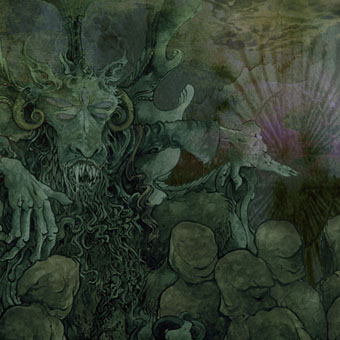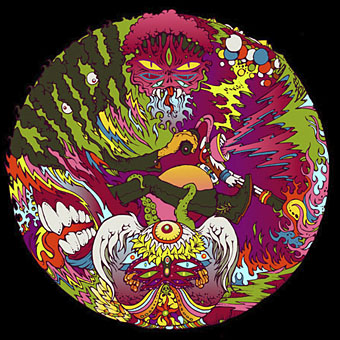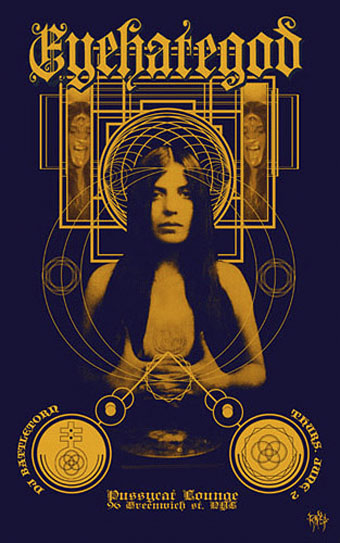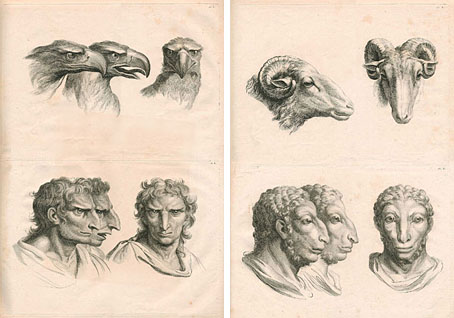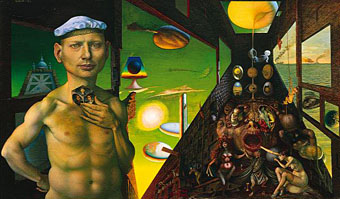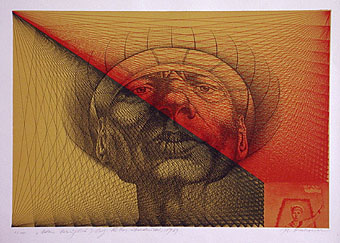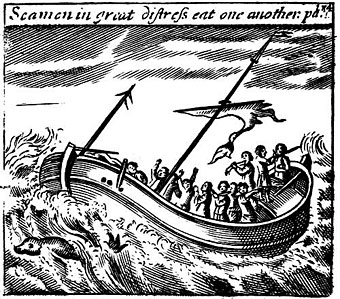
Seamen in great distress eat one another (1685).
From Wonderful Prodigies of Judgement and Mercy by Robert Burton. One of those incidents, like witch burnings and other executions, whose quaint period depiction is at considerable odds with what would have been an appalling reality. This picture can’t help but bring to mind Théodore Géricault’s masterpiece, The Raft of the Medusa, based on a later occurrence of sea-faring cannibalism.
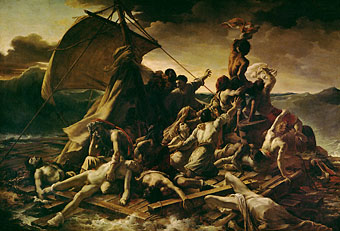
The Raft of the Medusa (1819).
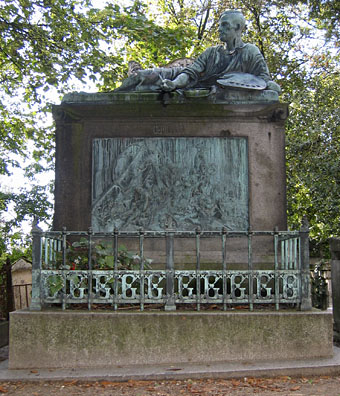
I photographed Géricault’s grave when I was in Père Lachaise cemetery in September. As well as the statue of the artist lounging atop his monument, the tomb features panels at the front and sides with bronze reliefs of his most famous works. The Raft of the Medusa faces the path.
Previously on { feuilleton }
• Druillet meets Hodgson
• Rogue’s Gallery: Pirate Ballads, Sea Songs, and Chanteys
• Davy Jones
